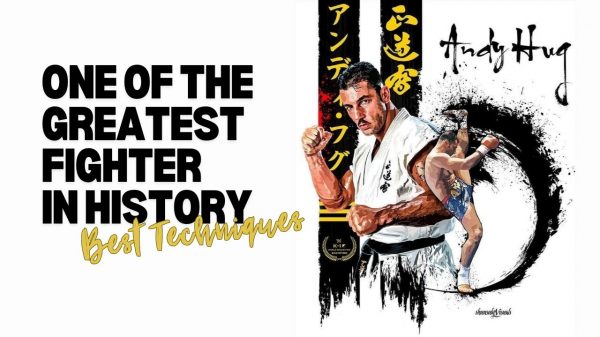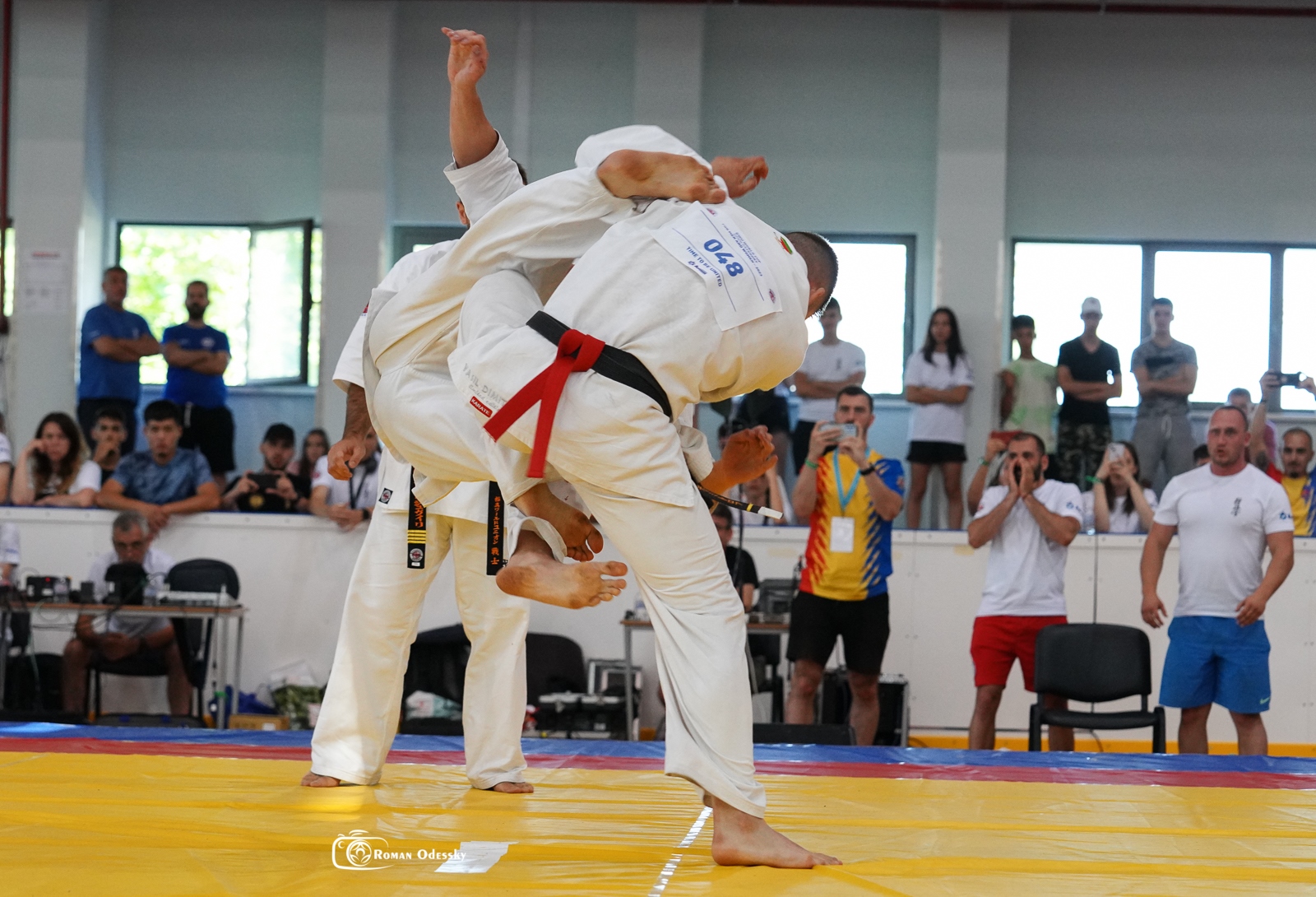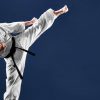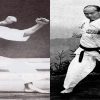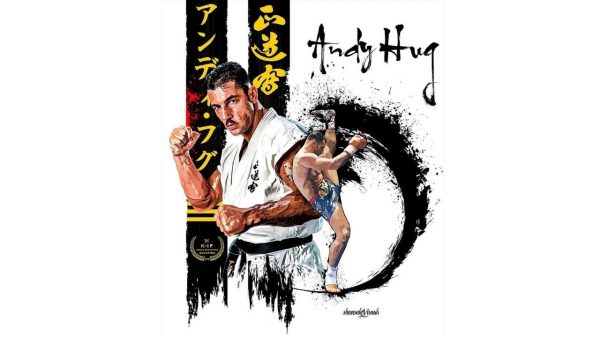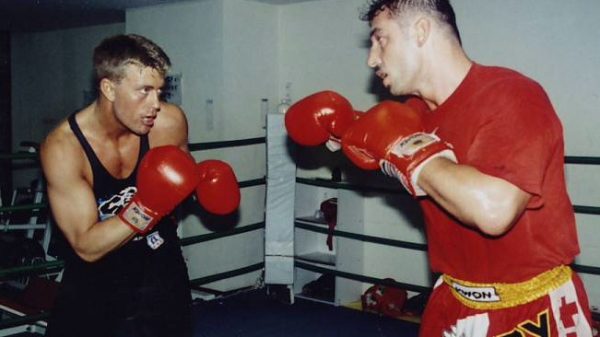Martial arts serve various purposes, and people may associate them with self-defense, fitness, or health. However, it is disheartening when some perceive martial arts solely as a means of fighting. In truth, while fighting has existed since individuals began vying for the same resources, martial arts differ significantly from mere combat.
The development of fighting systems occurred globally, arising organically based on effectiveness. In contrast, martial arts have a more deliberate origin. Tamo Bodhidharma, an Indian Buddhist monk from the 6th century AD, played a crucial role in shaping martial arts. Bodhidharma, having forsaken his noble origins to lead a monastic life of simplicity and devotion, traveled extensively. His journeys, characterized by humility and reliance on alms, exposed him to diverse challenges, including the need to defend against both wild animals and hostile individuals.
Upon reaching China, Bodhidharma encountered the Shaolin Temple in the Hunan province. The temple, far from its present renown, housed monks lacking physical and martial prowess. Displeased, Bodhidharma retreated to a nearby cave, spending years in contemplation and practice. Subsequently, he returned to the Shaolin Temple and introduced physical exercises and combat techniques to the monks, emphasizing the unity of physical and mental training.
As the monks honed their physical skills, a remarkable transformation occurred. Improved mental focus, discipline, and mindfulness accompanied their enhanced physical prowess. Martial arts, therefore, began not as a collection of new fighting techniques but as a synthesis of personal defense with mental growth.
The essence of martial arts lies in the fusion of physical and mental skills. Practitioners embark on a journey of self-discovery, delving into both diminishing physical capabilities and expanding mental faculties. Unlike transient activities, martial arts endure as a lifelong pursuit, fostering personal development and character.
In martial arts, the emphasis shifts from defeating others to uplifting them. By embodying values such as humility, self-discipline, courage, and loyalty, practitioners inspire those around them. The true strength lies not in the ability to knock down opponents but in the capacity to lift others up through positive examples, attitudes, and adherence to martial arts principles.
Ultimately, martial arts teach that the real battle is internal. Strengthening oneself involves conquering internal struggles, focusing on higher purposes, engaging in worthwhile endeavors, and contributing to personal growth. As practitioners progress in their martial arts journey, they realize that becoming a better and stronger individual transcends mere physical victories and competition.




